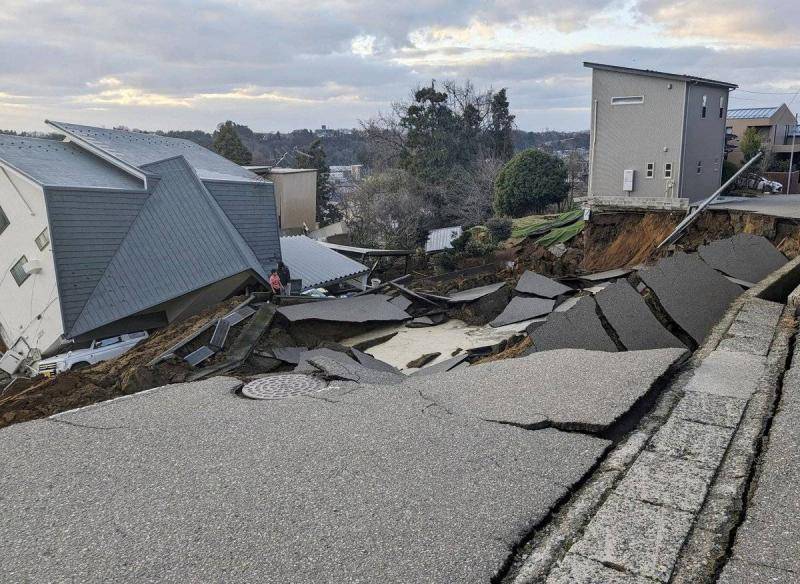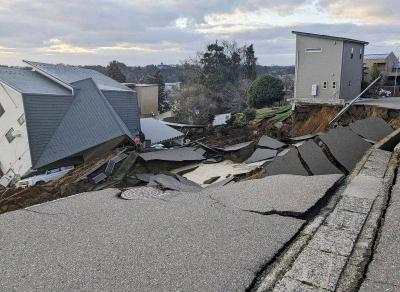A 5.5 magnitude earthquake struck Japan on Wednesday, marking the 156th in a series of quakes. This event reignited the legend of the "Doomsday Fish," which began circulating widely online following a massive earthquake at the start of the year on Monday. Tens of thousands of people were evacuated from their homes across the country, with the main island of Honshu suffering significant damage from the 7.6 magnitude earthquake, which generated tsunami waves reaching one meter along the west coast.
This disaster is one of the largest natural catastrophes in the nation's history, and people are associating it with sightings of rare fish during the summer. Some consider the rare "earthquake fish," officially known as "dollofish," which can grow up to 11 meters long, as a sign of impending calamities. Due to its size and shape, it resembles an "eel." Earlier in 2023, divers discovered a dollofish off the coast of Taiwan, which many viewed as an omen of earthquakes and misfortune based on Japanese folklore.
The legend states that sighting a dollofish precedes an earthquake. This myth notably resurfaced in 2011 when, in the months leading up to the Tohoku earthquake and tsunami—one of the strongest ever recorded—at least 12 dollofishes were found on the beaches just before the disaster, washed ashore in late 2009 and 2010. Despite the public belief that seeing these fish in the summer is an omen of doom, the Ecuadorian Geophysical Institute states there is no evidence connecting the fish to natural disasters, asserting that the legend has no validity in any scientific studies conducted as of August 2022.




